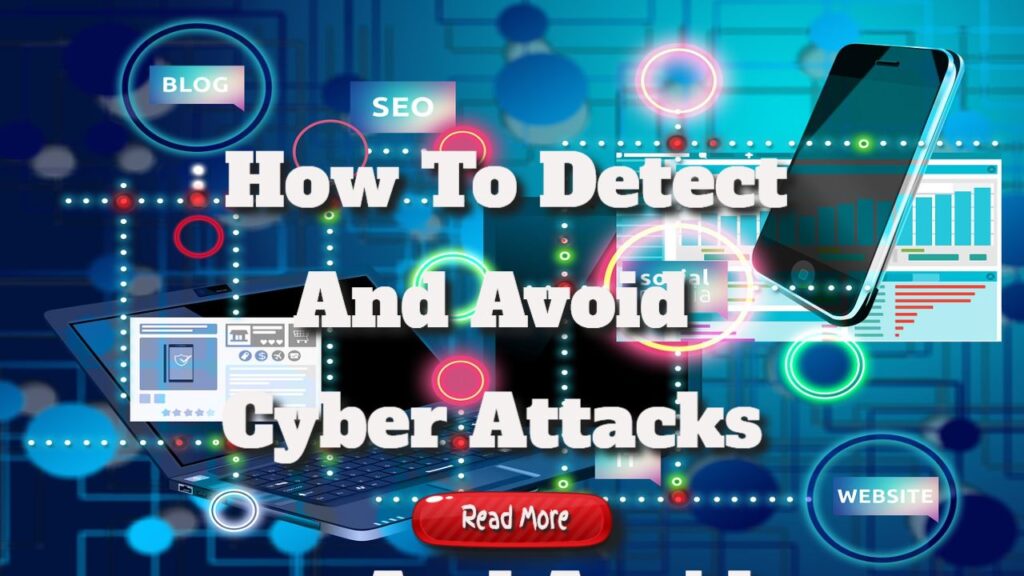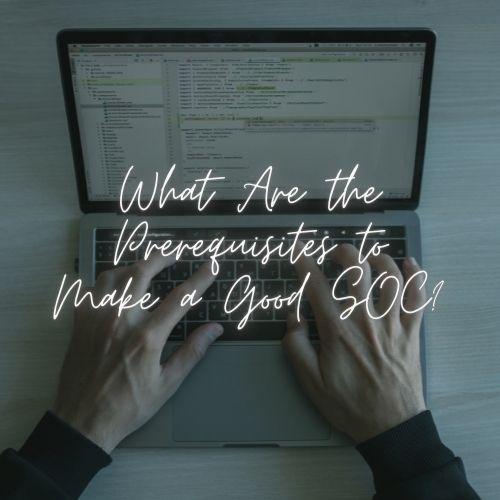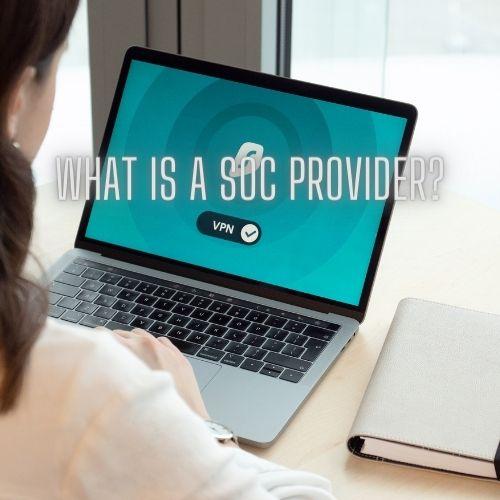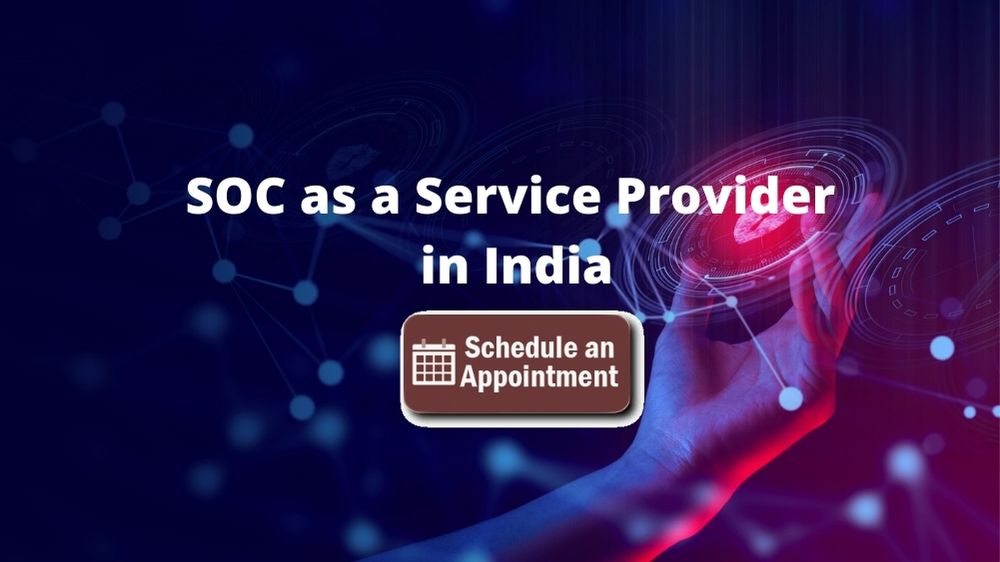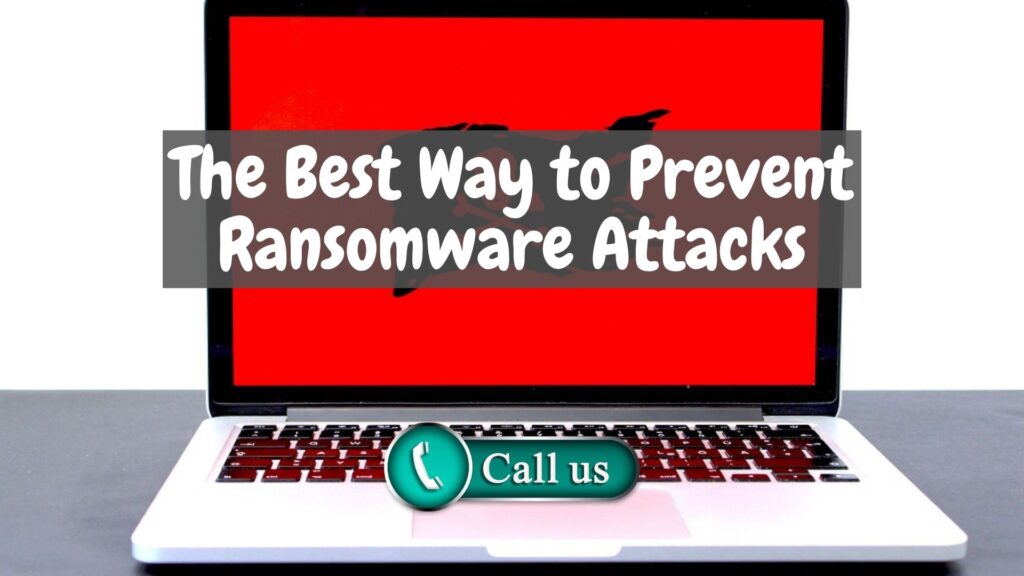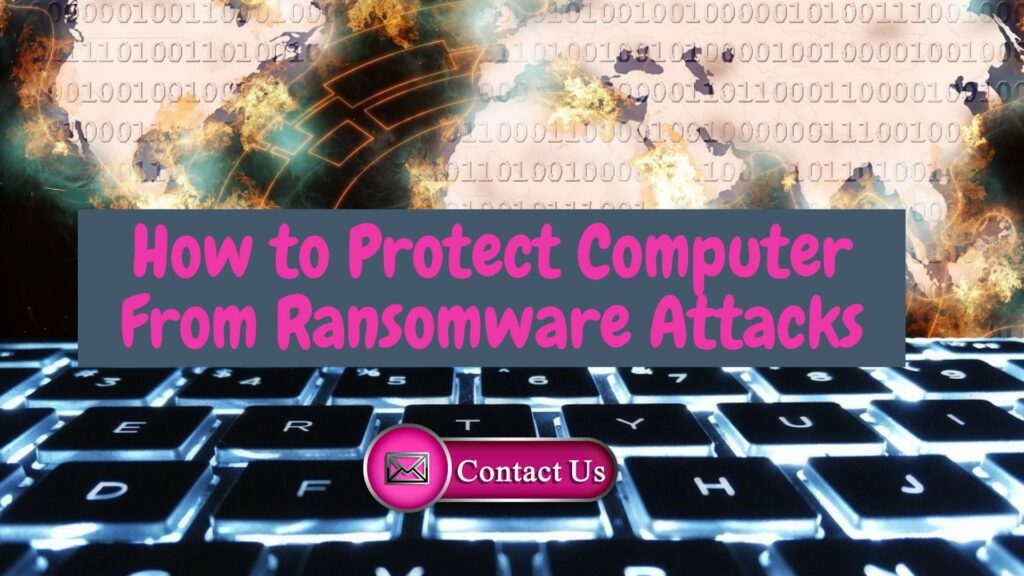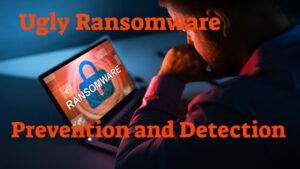
This article serves as a thorough guide for decision-makers aimed at effectively evaluating and selecting a provider for SOC as a Service in 2025. It outlines common pitfalls and offers strategies to avoid them, compares the benefits of developing an in-house SOC with utilizing managed security services, and demonstrates how this service can significantly enhance detection, response, and reporting capabilities. You will delve into aspects such as SOC maturity, integration with existing security services, analyst expertise, threat intelligence, service level agreements (SLAs), compliance alignment, scalability for new SOCs, and internal governance—empowering you to confidently choose the right security partner.
What Are the Most Common Mistakes to Avoid When Choosing SOC as a Service in 2025?
Selecting the right SOC as a Service (SOCaaS) provider in 2025 is a pivotal decision that profoundly influences your organization’s cybersecurity resilience, regulatory compliance, and operational effectiveness. Before evaluating potential providers, it is essential to first understand the fundamental functionalities of SOC as a Service, which includes its scope, benefits, and alignment with your specific security needs. Making an uninformed selection can leave your network vulnerable to overlooked threats, sluggish incident response, and costly compliance violations. To help you navigate this complex selection process effectively, here are ten critical mistakes to avoid when choosing a SOCaaS provider, ensuring your security operations remain resilient, scalable, and compliant.
Are you seeking assistance in expanding this into a detailed article or presentation? Before engaging with any SOC as a Service (SOCaaS) provider, it is crucial to thoroughly comprehend its functionalities and operational processes. A SOC functions as the backbone for threat detection, continuous monitoring, and incident response—equipping you with the knowledge necessary to evaluate whether a SOCaaS provider can meet your organization’s specific security requirements effectively.
1. Why Prioritizing Cost Over Value Can Lead to Poor Security Outcomes
Many organizations continue to fall into the trap of perceiving cybersecurity as merely a cost center, rather than a strategic investment. Opting for the most affordable SOC service may seem financially sound at first glance, but low-cost models often compromise critical elements like incident response, continuous monitoring, and the caliber of personnel involved.
Providers offering “budget” pricing frequently limit visibility to basic security events, utilize outdated cybersecurity tools, and lack robust real-time detection and response capabilities. As a result, these services might fail to identify subtle indicators of compromise until after a breach has inflicted significant damage.
Avoidance Tip: Evaluate vendors based on quantifiable metrics such as mean time to detect (MTTD), mean time to respond (MTTR), and the depth of coverage across both endpoints and networks. Ensure that pricing structures include 24/7 monitoring, proactive threat intelligence, and transparent billing models. An ideal managed SOC provides long-term value by enhancing resilience instead of merely reducing costs.
2. How Not Defining Security Requirements Can Lead to Suboptimal Choices
One of the most frequent mistakes organizations make when selecting a SOCaaS provider is engaging with vendors without having clearly defined their internal security requirements. In the absence of a clear understanding of your organization’s risk profile, compliance obligations, or critical digital assets, effectively evaluating whether a service aligns with your business objectives becomes nearly impossible.
This omission can result in significant protection gaps or excessive expenditure on unnecessary features. For example, a healthcare organization that fails to specify HIPAA compliance may end up selecting a vendor incapable of meeting its data privacy obligations, potentially leading to legal consequences.
Avoidance Tip: Conduct an internal security audit before initiating discussions with any SOC provider. Identify your threat landscape, operational priorities, and reporting expectations. Establish compliance baselines using recognized frameworks such as ISO 27001, PCI DSS, or SOC 2. Clearly define your needs regarding escalation, reporting intervals, and integration before narrowing down potential candidates.
3. Why Overlooking AI and Automation Capabilities Could Expose You to Risks
In 2025, the landscape of cyber threats is advancing rapidly, becoming more sophisticated and increasingly supported by AI technologies. Relying solely on manual detection methods cannot adequately keep up with the enormous volume of security events generated daily. A SOC provider that lacks advanced analytics and automation increases the chances of missed alerts, slow triaging, and false positives that can drain essential resources.
The incorporation of AI and automation significantly enhances SOC performance by correlating billions of logs in real-time, facilitating predictive defense strategies, and alleviating analyst fatigue. Neglecting to consider this important criterion can lead to slower incident containment and a weaker overall security posture.
Avoidance Tip: Inquire about how each SOCaaS provider operationalizes automation. Confirm whether they implement machine learning for threat intelligence, anomaly detection, and behavioral analytics. The most effective security operations centers utilize automation to enhance—not replace—human expertise, resulting in quicker and more reliable detection and response capabilities.
4. How Ignoring Incident Response Preparedness Can Result in Catastrophic Outcomes
Many organizations mistakenly assume that detection capabilities inherently imply incident response capabilities, but these two functions are fundamentally different. A SOC service lacking a structured incident response plan can detect threats without having a clear strategy for containment. During active attacks, any delays in escalation or containment can lead to severe business disruptions, data loss, or damage to your organization’s reputation.
Avoidance Tip: Evaluate how each SOC provider manages the complete incident lifecycle—from detection and containment through to eradication and recovery. Review their Service Level Agreements (SLAs) for response times, root cause analysis, and post-incident reporting. Mature managed SOC services provide pre-approved playbooks for containment and conduct simulated response tests to validate readiness.
5. Why Ignoring Transparency and Reporting Can Erode Trust
A lack of transparency into a provider’s SOC operations breeds uncertainty and undermines customer trust. Some providers only deliver superficial summaries or monthly reports that fail to provide actionable insights into security incidents or threat-hunting activities. Without transparent reporting, organizations struggle to validate service quality or demonstrate compliance during audits.
Avoidance Tip: Select a SOCaaS provider that offers comprehensive, real-time dashboards with metrics related to incident response, threat detection, and overall operational health. Reports should be audit-ready and traceable, clearly illustrating how each alert was handled. Transparent reporting ensures accountability and helps maintain a verifiable security monitoring record.
6. Understanding the Role of Human Expertise in Cybersecurity
Relying solely on automation cannot effectively interpret intricate attacks that exploit social engineering, insider threats, or advanced evasion techniques. Skilled SOC analysts are the backbone of effective security operations. Providers that depend exclusively on technology often lack the contextual understanding necessary to adapt responses to nuanced attack patterns.
Avoidance Tip: Investigate the provider’s security team credentials, analyst-to-client ratio, and average experience level. Qualified SOC analysts should hold certifications such as CISSP, CEH, or GIAC and have proven experience across diverse industries. Ensure that your SOC service includes access to seasoned analysts who continuously monitor automated systems and refine threat detection parameters.
7. Why Ensuring Integration with Existing Infrastructure Is Essential
A SOC service that does not integrate seamlessly with your existing technology stack—including SIEM, EDR, or firewall systems—results in fragmented visibility and delays in threat detection. Incompatible integrations hinder analysts from correlating data across platforms, leading to significant blind spots and critical security vulnerabilities.
Avoidance Tip: Ensure that your selected SOCaaS provider can support seamless integration with your current tools and cloud security environment. Request documentation regarding supported APIs and connectors. Compatibility between systems facilitates unified threat detection and response, scalable analytics, and minimizes operational friction.
8. How Ignoring Third-Party and Supply Chain Risks Can Compromise Your Organization
Modern cybersecurity threats frequently target vendors and third-party integrations instead of directly attacking corporate networks. A SOC provider that fails to acknowledge third-party risk creates significant vulnerabilities within your defense strategy.
Avoidance Tip: Confirm whether your SOC provider conducts ongoing vendor audits and risk assessments within their own supply chain. The provider should also adhere to SOC 2 and ISO 27001 standards, which validate their data protection measures and internal control effectiveness. Continuous third-party monitoring demonstrates maturity and mitigates the risk of secondary breaches.
9. Why Ignoring Industry and Regional Expertise Can Limit Security Effectiveness
A one-size-fits-all managed security model rarely addresses the unique needs of every business. Industries such as finance, healthcare, and manufacturing face specific compliance challenges and threat landscapes. Similarly, regional regulatory environments may impose distinct data sovereignty laws or reporting obligations.
Avoidance Tip: Select a SOC provider with a proven track record in your industry and jurisdiction. Review client references, compliance credentials, and sector-specific playbooks. A provider familiar with your regulatory environment can tailor controls, frameworks, and reporting according to your precise business needs, enhancing service quality and compliance assurance.
10. Why Overlooking Data Privacy and Internal Security Could Expose Your Organization to Risk
When outsourcing to a SOCaaS provider, your organization’s sensitive data—including logs, credentials, and configuration files—resides on external systems. If the provider lacks robust internal controls, even your cybersecurity defenses can become a new attack vector, placing your organization at significant risk.
Avoidance Tip:Evaluate the provider’s internal team policies, access management systems, and encryption practices. Confirm that they enforce data segregation, comply with ISO 27001 and SOC 2, and adhere to stringent least-privilege models. Strong hygiene practices within the provider safeguard your data, support regulatory compliance, and build customer trust.
Effective Strategies for Evaluating and Selecting the Ideal SOC as a Service Provider in 2025
Choosing the right SOC as a Service (SOCaaS) provider in 2025 requires a systematic evaluation process that aligns technology, expertise, and operational capabilities with your organization’s security requirements. Making a well-informed decision not only enhances your security posture but also reduces operational overhead and guarantees that your SOC can effectively detect and respond to modern cyber threats. Here’s how to approach the evaluation:
- Align with Business Risks: Ensure that the provider aligns with the specific needs of your business, including critical assets, recovery time objectives (RTO), and recovery point objectives (RPO). This forms the foundation for selecting the right SOC.
- Assess SOC Maturity: Request documented playbooks, ensure 24/7 coverage, and verify proven outcomes related to detection and response, specifically MTTD and MTTR. Prioritize providers that offer managed detection and response as part of their service.
- Integration with Your Technology Stack: Confirm that the provider can seamlessly integrate with your existing technology stack (SIEM, EDR, cloud solutions). A poor fit with your current security architecture can lead to gaps in visibility.
- Quality of Threat Intelligence: Insist on active threat intelligence platforms and access to current threat intelligence feeds that incorporate behavioral analytics.
- Depth of Analyst Expertise: Validate the structure of the SOC team (Tier 1–3), including on-call coverage and workload management. A combination of skilled personnel and automation is more effective than relying solely on tools.
- Reporting and Transparency: Require real-time dashboards, investigation notes, and audit-ready records that enhance your overall security posture.
- SLAs That Matter: Negotiate measurable triage and containment times, communication protocols, and escalation paths. Ensure that your provider formalizes these commitments in writing.
- Provider Security Measures: Verify adherence to ISO 27001/SOC 2 standards, data segregation practices, and key management policies. Weak internal controls can compromise overall security.
- Scalability and Future Roadmap: Ensure that managed SOC solutions can scale effectively as your organization expands (new locations, users, telemetry) and support advanced security use cases without incurring additional overhead.
- Model Fit: SOC vs. In-House: Compare the advantages of a fully managed SOC against the costs and challenges of maintaining an in-house SOC. If building an internal team is part of your strategy, consider managed SOC providers that can co-manage and enhance your in-house security capabilities.
- Commercial Clarity: Ensure that pricing encompasses ingestion, use cases, and response work. Hidden fees are common pitfalls to avoid when selecting a SOC service.
- Reference Verification: Request references that align with your sector and environment; verify the outcomes achieved rather than mere promises.
The Article SOC as a Service: 10 Common Mistakes to Avoid in 2025 Was Found On https://limitsofstrategy.com




